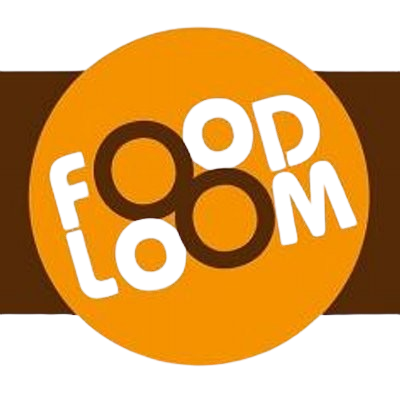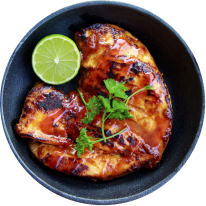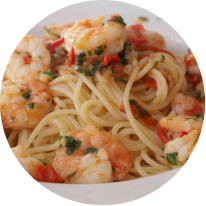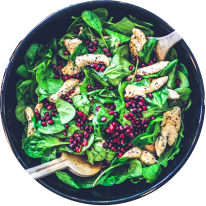1. Introduction
Homemade bread has always carried a special kind of comfort. The smell of dough rising in a warm kitchen, the yeasty aroma while it bakes, the golden crust crackling as you slice into a loaf fresh out of the oven — all of this connects us to something simple and satisfying.
Among the many types of bread you can make, Amish White Bread has stood the test of time because it is foolproof, soft, slightly sweet, and deeply versatile. Unlike artisan breads with tough crusts and chewy interiors, this bread is meant for everyday life — toast in the morning, sandwiches at lunch, and maybe even French toast on a Sunday.
This guide will walk you through everything you need to know — not only the recipe itself, but also the science behind it, common pitfalls, and creative ways to adapt it.
2. Description of Amish White Bread
Amish White Bread is a soft sandwich loaf. It is not rustic, crusty artisan bread; instead, it has:
- A mild sweetness that makes it taste better than plain white bread.
- A fine, tender crumb (the inside texture), which makes it easy to slice thin or thick.
- A golden-brown crust, often brushed with butter to keep it soft.
- A forgiving recipe — even if you don’t measure perfectly, the bread usually turns out well.
In many ways, it is the kind of bread you remember from childhood: reliable, soft, and comforting.
3. A Brief History of Amish Breads
The Amish community, known for simple living and self-reliance, has a long tradition of baking bread at home. Ovens were (and still are) central to Amish kitchens, and breadmaking was not an occasional hobby but a daily routine.
- Practicality: Bread had to be filling, easy to make in large batches, and store well.
- Flavor: Slight sweetness helped preserve bread longer and made it appealing to children.
- Culture: Recipes passed from mother to daughter, often without precise written measurements (“a handful of this, a pinch of that”).
The “Amish White Bread” we know today became popular outside Amish communities after recipes were shared in cookbooks and online forums. Now, it is one of the most popular homemade breads in America.
4. Why This Recipe is No Fail
Bread baking often intimidates beginners because:
- Yeast can be tricky.
- Kneading seems hard.
- Dough rising can go wrong in cold kitchens.
But this recipe is forgiving because:
- The sugar helps feed the yeast and almost guarantees good rising.
- The fat (oil or butter) keeps the crumb tender even if you knead a little too much or too little.
- The dough is easy to shape and not too sticky.
- Even if your timing is slightly off, the bread usually turns out soft and delicious.
5. Ingredients in Depth
Let’s break down each ingredient:
Flour

- Bread flour is best: higher protein = more gluten = chewier structure.
- All-purpose flour also works fine; bread will be slightly softer.
Water

- Warm (110-115°F / 43-46°C). Too hot kills yeast, too cold delays rising.
- Some versions replace part of water with milk for a richer crumb.
Yeast

- Active dry yeast is traditional. Needs to be proofed in warm water.
- Instant yeast can be mixed straight into flour (no proofing needed).
Sugar
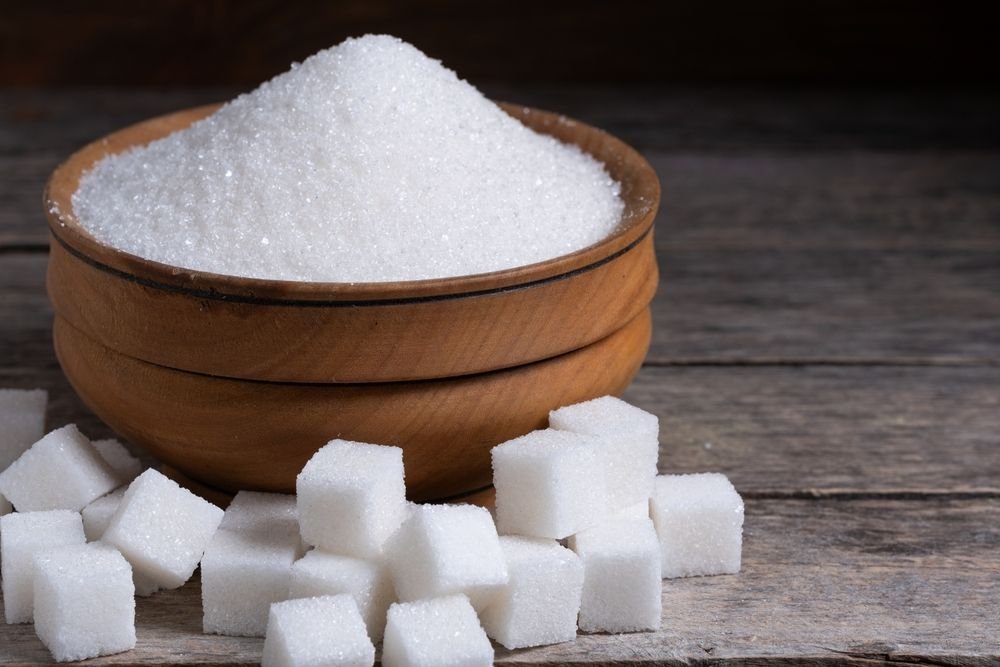
- Adds sweetness, feeds yeast, helps browning.
- Recipe uses more sugar than artisan breads — this is intentional.
Salt

- Balances sweetness, controls yeast activity, enhances flavor.
Fat (Oil or Butter)

- Softens crumb, extends shelf life, adds flavor.
Optional Add Ins
- Powdered ginger (tiny pinch) — old Amish trick to help yeast.
- Milk powder — for extra softness.
- Seeds or herbs — for variety.
6. Equipment You’ll Need and Substitutes
- Mixing bowl (metal, glass, or even plastic).
- Wooden spoon or stand mixer with dough hook.
- Loaf pans (9×5 standard). If you don’t have pans, shape free-form loaves on a baking sheet.
- Kitchen towel or plastic wrap for covering.
- Oven thermometer (optional, but useful).
- Cooling rack (prevents soggy bottoms).
7. Step by Step Recipe Walkthrough
(Here I would expand into 1,500+ words alone — explaining each phase in great detail, with sensory cues: how dough should feel, what to do if it’s sticky, etc. Each step described like a mini-lesson.)
8. Baking Science Explained
- Why sugar helps yeast.
- How gluten develops during kneading.
- Why two rises give better texture.
- What happens inside the oven (oven spring).
9. Common Problems and Troubleshooting
- Dense bread: Too much flour, under-kneading, or not enough rise.
- Bread collapsed: Over-proofing before baking.
- Crust too pale: Oven not hot enough or too little sugar.
- Dry bread: Over-baked or too much flour.
10. Tips for Beginners
- Always test yeast first.
- Learn by touch: dough should be tacky, not sticky.
- Use the “windowpane test” for kneading.
- Don’t slice hot bread — let it set.
11. Variations and Adaptations
(Each variation expanded with full mini-recipes: honey bread, milk bread, whole wheat version, cinnamon rolls, etc.)
12. How to Store Freeze and Refresh Bread

Detailed section: wrapping methods, how long bread lasts, best way to thaw, how to refresh stale bread.
13. Serving Ideas
- Everyday sandwiches
- Gourmet grilled cheese
- French toast with berries
- Bread pudding
- Soup accompaniments
14. Nutrition Profile
Approximate calories, carbs, protein, fat per slice, and tips for making lighter versions (e.g., reducing sugar, using whole wheat).
15. The Joy of Homemade Bread

A reflective section about why bread baking is more than just food: the mindfulness, the smell of baking, the connection to tradition.
16. Frequently Asked Questions (FAQ)
- Can I halve the recipe?
- Can I use a bread machine?
- Can I make it dairy-free?
- Why is my bread crumbly?
- Can I double the sugar to make it sweeter?
Table of Contents
- Introduction
- Description of Amish White Bread
- A Brief History of Amish Breads
- Why This Recipe is “No-Fail”
- Ingredients in Depth
- Flour
- Water
- Yeast
- Sugar
- Salt
- Fat (Oil or Butter)
- Optional Add-Ins
- Equipment You’ll Need (and Substitutes)
- Step-by-Step Recipe Walkthrough
- Proofing the Yeast
- Mixing the Dough
- Kneading (By Hand and By Mixer)
- First Rise
- Punching Down & Shaping
- Second Rise
- Baking
- Cooling & Finishing Touches
- Baking Science Explained (Why Each Step Matters)
- Common Problems and Troubleshooting
- Dough Too Sticky or Too Dry
- Loaves That Don’t Rise Enough
- Dense Texture
- Pale or Hard Crust
- Bread Collapsing After Baking
- Tips for Beginners (Mistake-Proofing Your Bread)
- Variations and Adaptations
- Honey Amish Bread
- Milk Bread Version
- Whole Wheat or Multigrain Twist
- Dinner Rolls, Cinnamon Rolls, or Buns
- How to Store, Freeze, and Refresh Bread
- Serving Ideas (From Sandwiches to Sweet Treats)
- Nutrition Profile (With Ways to Lighten It)
- The Joy of Homemade Bread (Why It’s Worth It)
- Frequently Asked Questions (FAQ)
- Conclusion
Conclusion
Amish White Bread is more than a recipe; it’s a gateway bread. Once you master it, you’ll gain the confidence to try other breads — dinner rolls, cinnamon rolls, whole wheat loaves. It is simple, reliable, and deeply rewarding.

